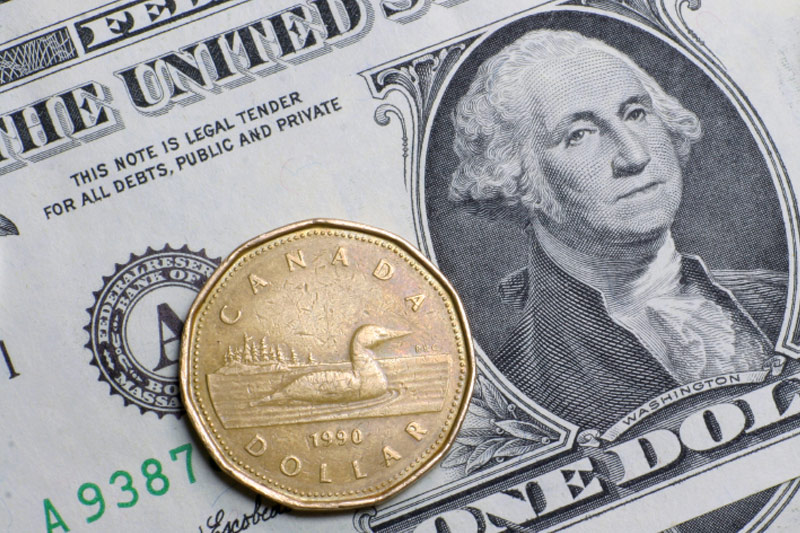Investing.com - The U.S. dollar held steady against its U.S. counterpart on Friday, after a report showed that Canada's economy grew in line with expectations in August, while weak data from the U.S. dampened demand for the greenback.
USD/CAD hit 1.3193 during early U.S. trade, the session high; the pair subsequently consolidated at 1.3165.
The pair was likely to find support at 1.3085, the low of October 28 and resistance at 1.3280, the high of October 28.
Statistics Canada reported on Friday that the country's gross domestic product rose 0.1% in August, in line with expectations and down from a 0.3% growth rate the previous month.
At the same time, the U.S. Bureau of Economic Analysis said that personal spending rose 0.1% last month, disappointing expectations for a 0.2% rise and after a 0.4% increase in August.
The data added to concerns over the strength of the economy after the Commerce Department said on Thursday that U.S. GDP grew at an annual rate of 1.5% in the three months to September, missing expectations for growth of 1.6%.
Also Friday, data showed that U.S. employment costs rose 0.6% in September, in line with expectations.
The greenback had strengthened broadly after Wednesday’s Federal Reserve statement said that officials might make a decision to raise interest rates at their December meeting.
The loonie was lower against the euro, with EUR/CAD climbing 0.42% to 1.4520.
In the euro zone, Eurostat, the statistical body of the European Union, reported on Friday that the annual rate of inflation was flat in September, compared to expectations for a 0.1% uptick, after a 0.1% dip the previous month.
Data also showed that the single currency bloc's unemployment rate slipped to 10.8% last month from 10.9% in August, whose figure was revised from a previously estimated 11.0%. Analysts had expected the unemployment rate to remain at 11.0% in September.
